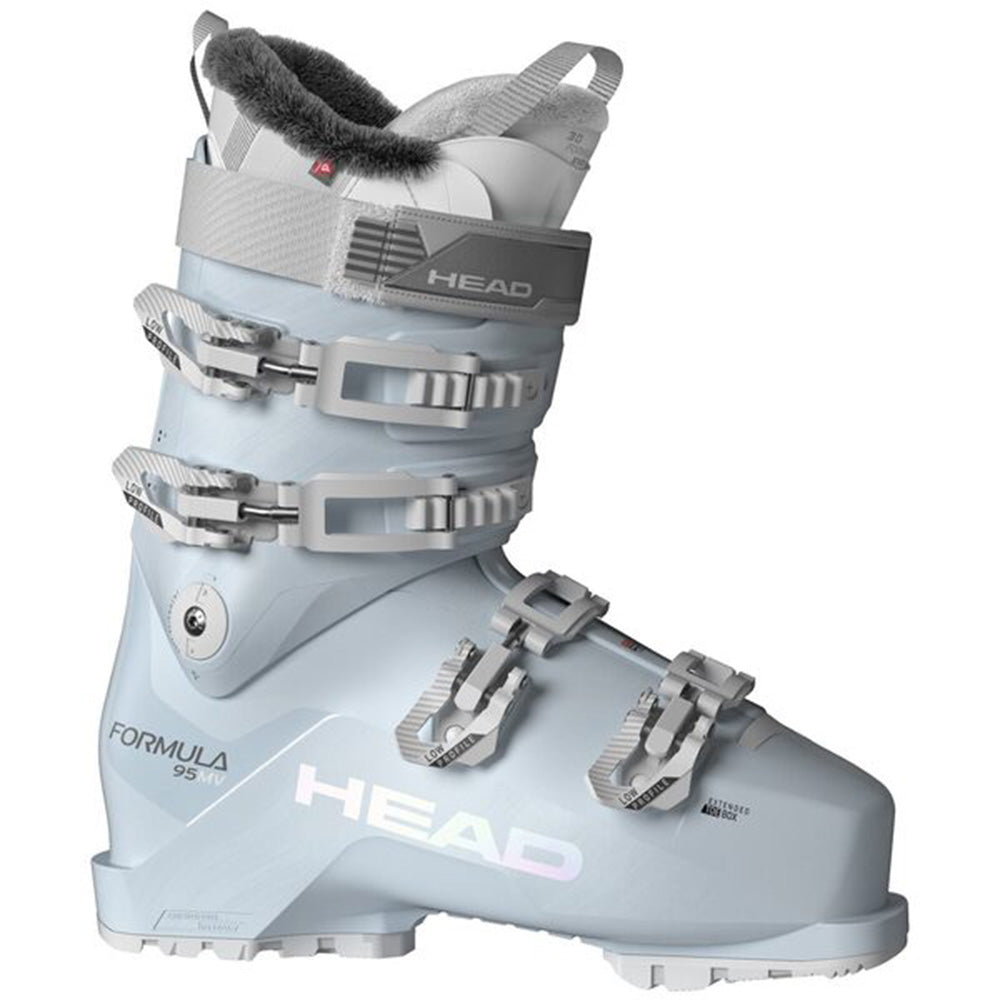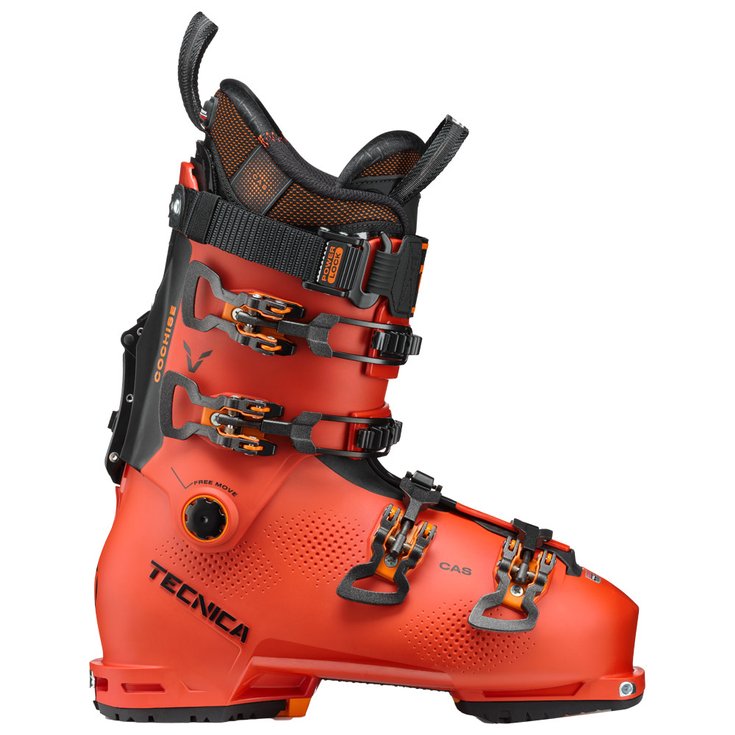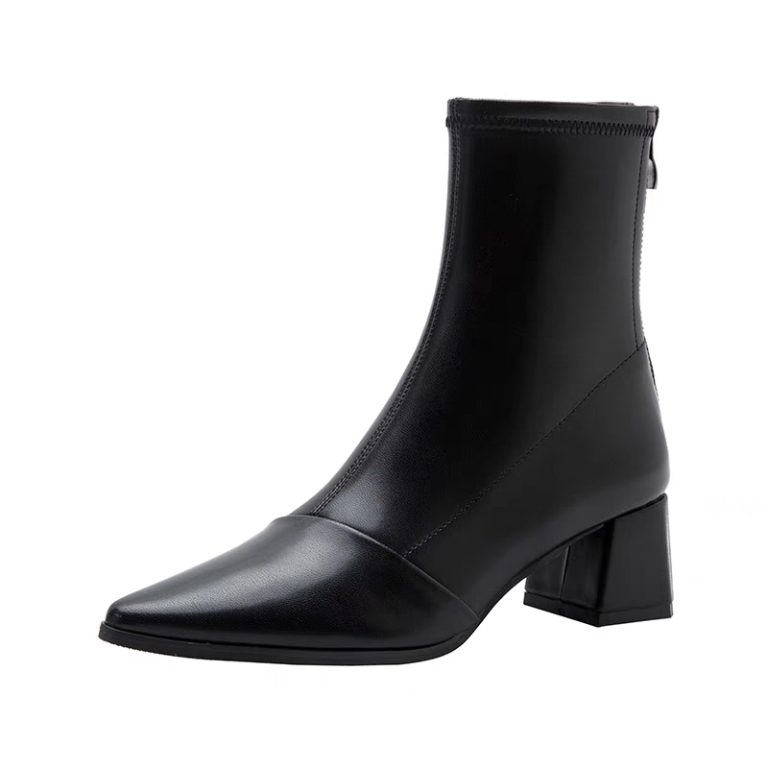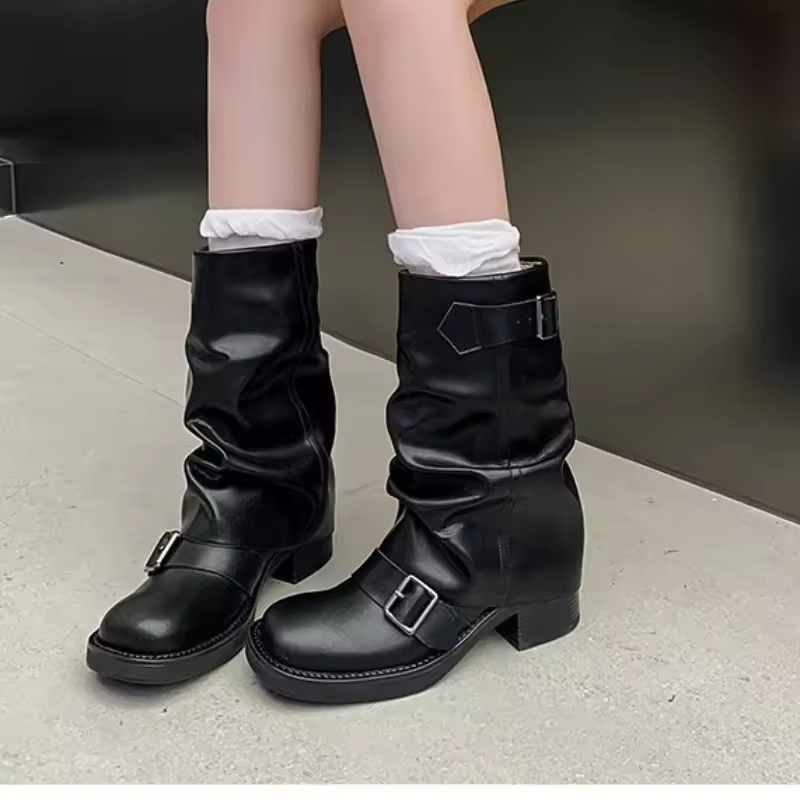The Importance of the Right Ski Boot Fit
Finding the right ski boot fit is critical. It ensures comfort and supports performance on the slopes. Properly fitted ski boots enhance your control over the skis. This leads to better skiing technique and lessens the risk of injury. Unsuitable fits can cause foot pain, blisters, or more severe problems. Remember, every time you ski, your boots are your direct link to the skis. They transfer your body movements to the skis with precision. A snug fit is essential, but it must not restrict blood flow. Ski boots that fit well also keep your feet warm in cold conditions. They should feel like a second skin, with no unwanted pressure points. So, when choosing ski boots, prioritize fit above all else. It makes a world of difference in your skiing experience.

Types of Ski Boots for Different Skiers
Choosing the right type of ski boots is as important as the fit. Different skiers need different boots, depending on skill level, terrain, and style. Here are the main types you should know.
Alpine Ski Boots
Alpine ski boots are for downhill skiing. They have a hard outer shell for support and precision. These boots work well on groomed trails. They connect to the skis with release bindings for safety.
Nordic Ski Boots
Nordic boots are for cross-country skiing. They are lighter and more flexible than alpine boots. Nordic boots let your heel lift off the ski. This makes it easier to tackle long distances.
Telemark Ski Boots
Telemark boots combine features of alpine and Nordic boots. They have a unique design for ‘free heel’ skiing. Skiers can make smooth, rolling turns with these boots.
Freestyle Ski Boots
Freestyle boots are for skiers who hit the terrain park. They have extra padding to cushion landings. These boots often have a more forgiving flex.
Backcountry Ski Boots
Backcountry boots are for off-trail adventures. They are versatile and can handle different snow conditions. Some have a switch to toggle between walk and ski modes.
No matter your skiing style, there’s a boot type that fits. Make sure you pick the right one for your needs. This will impact your comfort and performance on the snow.
Key Features to Look for in Ski Boots
When shopping for ski boots, focus on key features to ensure a good fit and performance. Here’s what to consider:
Material and Construction
Ski boots come in different materials. Each affects durability and comfort. Look for outer shells made of quality plastic for longevity. Liners should be warm and moldable for a custom fit.
Buckles and Straps
Check the boots’ closure system. Buckles should be durable and easy to adjust, even with gloves on. Power straps at the top provide extra support and adjustment.
Footbed and Insoles
Proper insoles can prevent foot fatigue. Seek options that offer arch support and heel stabilization. Good footbeds improve fit and comfort.
Liner Quality
Liners cushion and insulate your feet. High-quality liners conform to your foot shape over time. They should keep feet warm and snug.
Heel and Ankle Hold
A good boot grips your heel and ankle. It prevents movement inside the boot. This hold enhances control and reduces blisters.
Canting Adjustment
Canting helps align the boots with your legs. Proper alignment reduces strain on knees and ankles. It can also improve your skiing stance.
Walk Mode Feature
Some boots have a ‘walk mode’ feature. It eases walking when you’re not skiing. This feature is handy for backcountry skiing.
Check for these features when selecting ski boots. Combine a good fit with the right features for the best experience on the slopes.
Measuring Your Feet for Ski Boots
Measuring your feet is the first step to a perfect ski boot fit. Accurate foot measurements ensure that the ski boots you choose will provide comfort and support. Here’s how to get it right:
Know Your Foot Size
Use a Brannock Device, available at most shoe stores, to find your exact shoe size. Ensure you measure both feet, as they can differ in size. Don’t forget to measure your foot width too; it’s as important as length.

Consider the Arch Length
The length of your foot arch can affect boot fit. Measure it to find the right match for your foot shape. A mismatch can lead to discomfort or loss of control when skiing.
Account for Sock Thickness
The socks you wear can change how ski boots fit. Measure your feet with your ski socks on to account for their thickness. It’s vital for a true fit and comfort.
Check the Mondopoint Size
Ski boots use Mondopoint sizing, which is in centimeters. Convert your shoe size to Mondopoint to ensure the best fit. Most ski shops can help you with this conversion.
Following these steps will give you a strong foundation for finding ski boots that fit well. It’s the first part of ensuring you have the support and performance needed on the slopes.
How to Test Ski Boot Fit
Once you’ve measured your feet and chosen a pair of ski boots, it’s critical to test the fit. Proper testing can prevent discomfort and enhance your skiing performance. Here’s a step-by-step guide on how to ensure your ski boots fit correctly:
Wear Your Ski Socks
Begin by putting on the ski socks you’ll wear on the slopes. Socks affect boot fit and comfort.
Insert Your Foot
Slide your foot into the boot. Kick the heel back firmly to settle your foot.
Buckle Up
Start by fastening the buckles at the top and work your way down. Do not tighten too much.
Feel for Space
Check for unnecessary gaps. Your toes should lightly touch the boot’s end. Heavy pressing indicates a small size.
Flex Forward
Lean forward in the boots. Ensure your heel stays in place and doesn’t lift.
Side-to-Side Movement
Shift your feet side to side. You shouldn’t feel excessive movement within the boots.
Stand Up Straight
When standing, your toes should pull back slightly from the boot’s front.
Walk Around
Take a walk in the boots. They should be comfortable and not hinder your movement.
Carrying out these tests can guide you to a ski boot with a fit that’s just right. Remember, the right fit is key to a good day on the slopes.
The Role of Ski Boot Flex in Performance
Ski boots must have the right flex to aid performance. The flex of a ski boot refers to how easily it bends forward when you apply pressure. It’s crucial for controlling your movement on the slopes. Flex varies from boot to boot, and it should match your skiing ability and style.
Why Flex Matters
Flex is key for proper balance and control. Stiff boots assist advanced skiers in aggressive turns. Flexible boots offer comfort and ease for beginners. Your weight, strength, and skiing speed also influence the flex you need.
Finding the Right Flex
Beginners should opt for softer flex, as it’s forgiving and easier to manage. Intermediate skiers might prefer a medium flex for a balance of control and comfort. Experts often choose a stiff flex for precision in high-speed runs. Your flex choice can make or break your skiing experience.
Keep flex in mind when choosing ski boots. It’s as important as the fit for an enjoyable, safe ride down the slopes.
Adjusting and Customizing Your Ski Boots
Once you have the right ski boots, making precise adjustments enhances comfort and performance. Personalizing your boots takes the fit from good to great. Here’s what to focus on for the best custom fit:
Heat Molding
Many modern ski boots come with heat-moldable liners. A ski shop can warm these up to shape to your feet. This process molds the liner for a perfect fit.
Buckle Adjustment
Adjust the buckles for a snug, but not too tight, hold. Start from the bottom and move up. This ensures even pressure across the foot.
Power Strap Tuning
The power strap at the top gives extra support. Tighten it for better shin hold but make sure it’s comfortable.
Adding Footbeds or Insoles
Custom footbeds support the arch and stabilize the heel. They also align your foot inside the boot.
Adjusting the Canting
Canting aligns the boots with your legs. Adjust it to improve balance and reduce strain on joints.
Checking for Heel Lift
Your heel should stay down when you lean forward. If it lifts, use inserts or padding to secure it.
Personal touches to your ski boots reduce the risk of pain and improve your skiing. Take time for these adjustments for a day of comfort on the slopes.
Common Ski Boot Fitting Problems and Solutions
Finding the perfect ski boots can be tricky. Even with the right measurements, you may face common fitting problems. Recognizing these issues early can save you discomfort and improve your skiing experience. Below, we’ll discuss some typical problems and their solutions.
Pressure Points or Discomfort
Feeling pressure points or discomfort is a sign of poor fit. To address this, ensure that your ski boots are not too tight. Heat molding by a professional may also relieve pressure points. Additionally, check that your socks are not too thick, which can create unnecessary tightness.
Heel Slippage
When your heel lifts as you lean forward, it can cause loss of control. A proper fit should keep the heel in place. Use heel inserts or tighter buckles to secure your heel. Custom footbeds also help by better cradling your feet.
Toe Crowding
Your toes should have room to wiggle slightly. If they are crowded, your boots might be too small. You might need a larger boot size or a different boot shape to match your foot’s profile.
Calf Pain
Calf pain usually means that the upper part of the boot is too tight. Try loosening the power strap at the top. You may also need boots with a wider opening or a different design to suit your calf size.
Cold Feet
Cold feet could mean poor circulation due to tight boots. Make sure your boots allow for some blood flow. A boot with a better-insulated liner might also solve this problem.
Boot Buckles Breaking
Broken buckles are a hassle on the slopes. If your boot buckles break often, you may be overtightening them. Replace them with more durable buckles or consider boots known for sturdy closures.
By being aware of these fitting issues and knowing how to solve them, you can ensure a more comfortable and satisfying time skiing. Remember, adjustments and customization can make a world of difference in finding the perfect ski boot fit.


